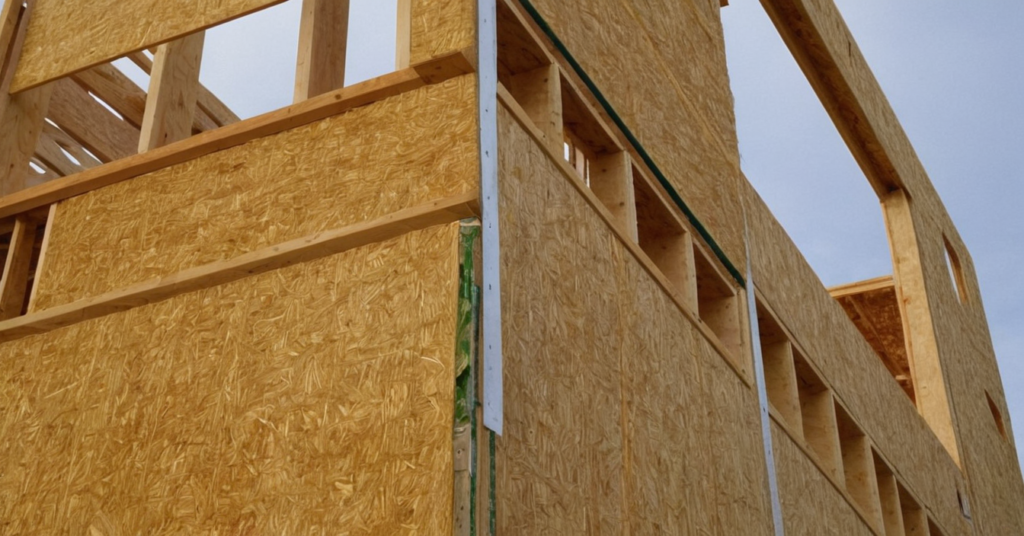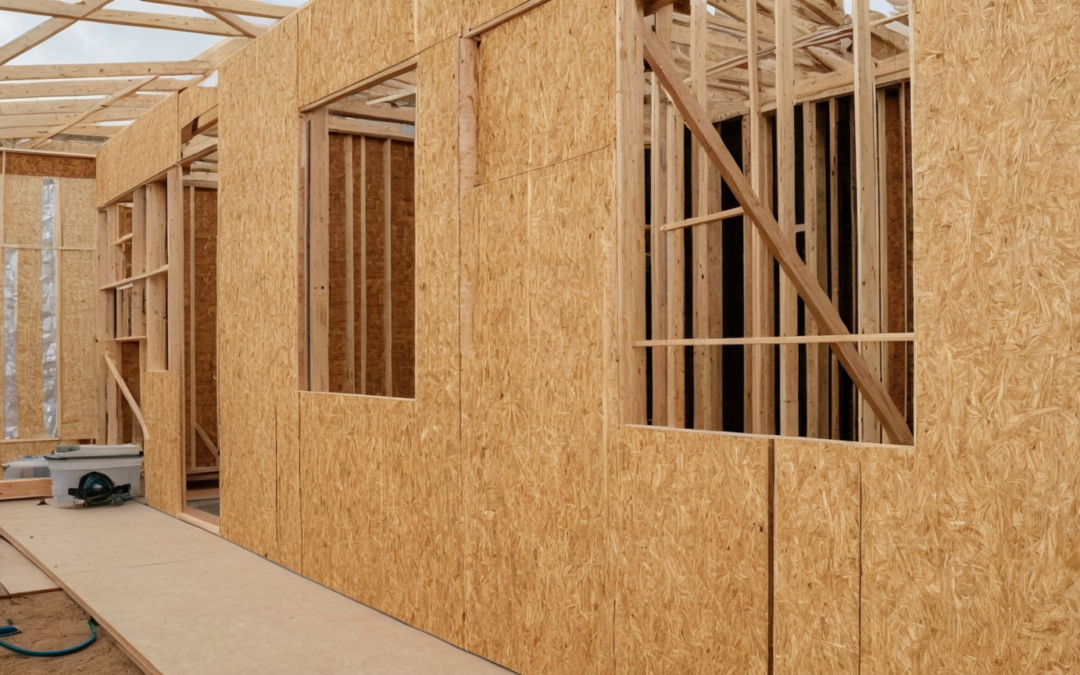The Importance of Structural Sheathing in Architectural Design and Engineering
When it comes to architectural design and engineering, one of the fundamental elements that often goes unnoticed is structural sheathing. This critical component plays a pivotal role in ensuring the stability, strength, and longevity of buildings. Whether you’re an architect, engineer, or homeowner, understanding the importance of structural sheathing can help you appreciate how it contributes to the overall integrity of a structure.
What is Structural Sheathing?
Structural sheathing is a layer of board or panel material that is attached to the exterior of wall studs, floor joists, and roof trusses. It serves as a base for siding and roofing materials and provides additional support to the framework of a building. Common materials used for structural sheathing include plywood, oriented strand board (OSB), and other engineered wood products.
Key Functions of Structural Sheathing
1. Load Distribution and Support: Structural sheathing helps distribute loads evenly across the framework of a building. It provides lateral support to walls, floors, and roofs, reducing the risk of structural failure. By transferring loads to the foundation, sheathing enhances the building’s ability to withstand vertical and horizontal forces, such as wind and seismic activity.
2. Structural Rigidity and Stability: One of the primary roles of sheathing is to increase the rigidity and stability of a structure. It prevents racking, which is the lateral shifting of walls that can compromise a building’s integrity. This resistance to racking is crucial, especially in areas prone to high winds or earthquakes.
3. Moisture Barrier: While not its primary function, structural sheathing also acts as a moisture barrier. It provides a secondary line of defense against water infiltration, protecting the structural components from damage caused by moisture. This feature is particularly important in regions with high humidity or frequent rainfall.
4. Thermal Insulation: Structural sheathing can contribute to a building’s thermal performance. By reducing air leakage and providing a continuous layer of insulation, sheathing helps improve energy efficiency. This leads to reduced heating and cooling costs and a more comfortable indoor environment.
5. Fire Resistance: Certain types of structural sheathing materials offer enhanced fire resistance. For example, gypsum-based sheathing can provide additional protection against fire, which is critical for meeting building codes and ensuring occupant safety.
Applications in Architectural Design
In architectural design, structural sheathing is an integral part of the building envelope. It is used in various applications, including:
– Residential Construction: In homes, structural sheathing provides the necessary support for walls and roofs, contributing to the overall safety and durability of the structure.
– Commercial Buildings: For commercial buildings, structural sheathing is used to meet stringent building codes and ensure the structure can withstand high loads and environmental stresses.
– Green Building Design: In sustainable architecture, structural sheathing plays a role in improving energy efficiency and reducing the carbon footprint of buildings.

Innovations and Advancements
Advancements in technology have led to the development of new sheathing materials and techniques. For instance, insulated sheathing combines structural support with enhanced thermal performance, offering a two-in-one solution for modern buildings. Additionally, some sheathing products are designed for improved moisture management, reducing the risk of mold and rot.
Conclusion
Structural sheathing is a vital component in architectural design and engineering, offering numerous benefits that enhance the safety, stability, and efficiency of buildings. By understanding its importance, architects and engineers can make informed decisions that contribute to the success of their projects. Whether you’re planning a new construction or a renovation, incorporating high-quality structural sheathing is an investment in the longevity and resilience of your building.
Have any questions about Structural Sheathing? Contact Us and we will get them answered for you!

